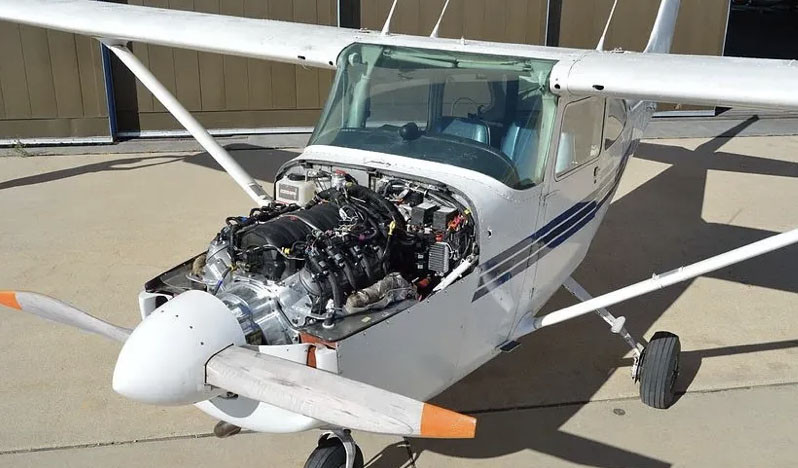The FAA isn't a roadblock; certification is a road, and when you get with the FAA, that road is clearly (and I do mean clearly) defined. You build this, you test it this way, for this long, we [FAA] inspect the bits. Developing and certifying a new [for example] large commercial turbofan family, the GE Aerospace GEnx series, cost upwards of two billion dollars.
I'd imagine a well-run cert effort for a simple engine like this to be a small fraction (as a testing calamity won't set you back $15,000,000!), perhaps 50 million.
Your secondary issue is that you'd likely have to buy the engines in bits, and inspect each part, prior to assembly.
$20/hour for fuel, meh. You can (and people do) put E10 in planes such as this, and fly them. Not legally, but likely safely.



